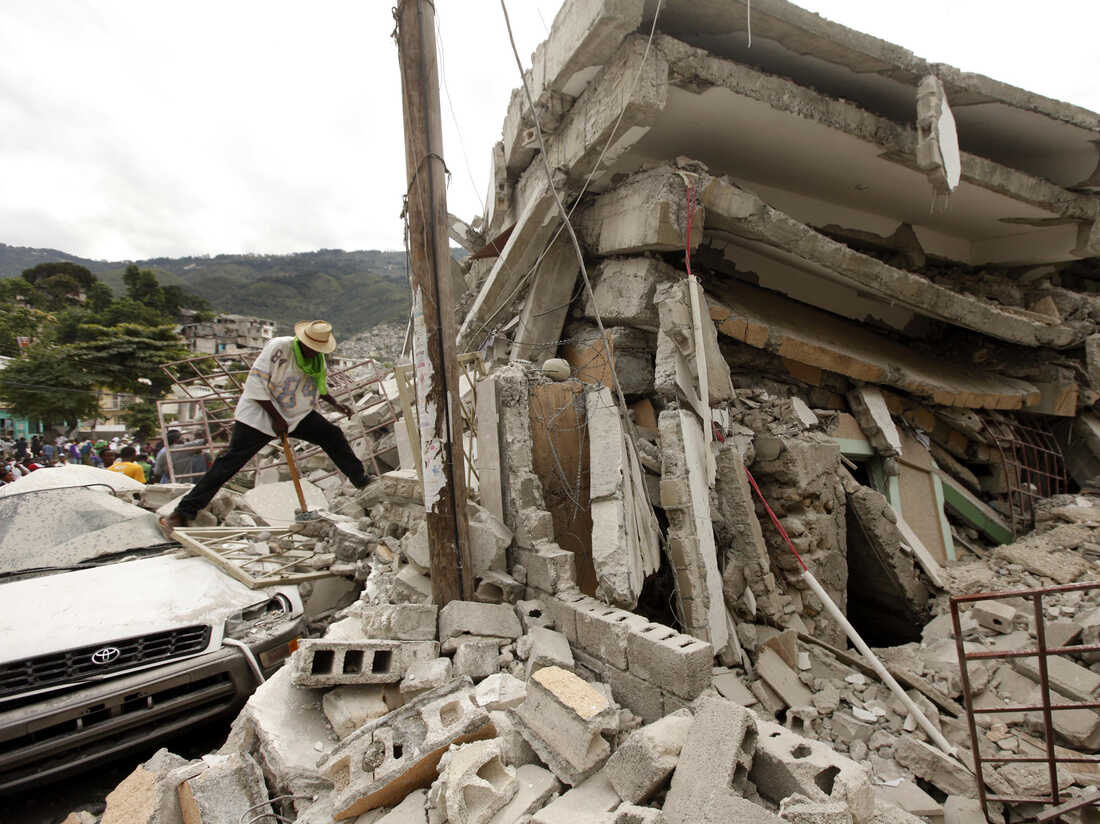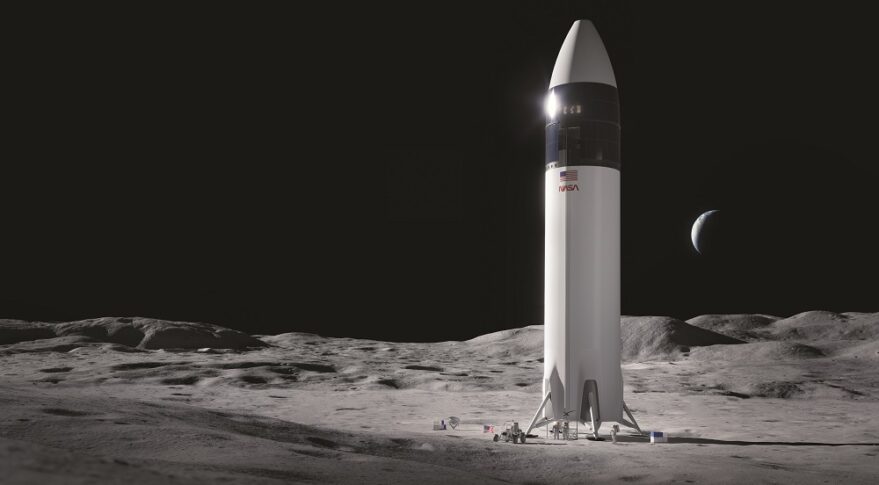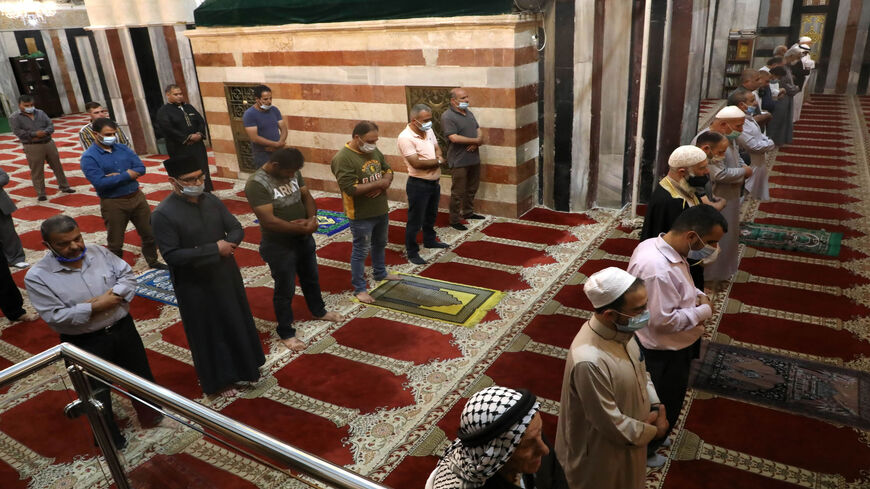Tropical depression could pass over areas already hit by Saturday’s quake that killed at least 1,297 people
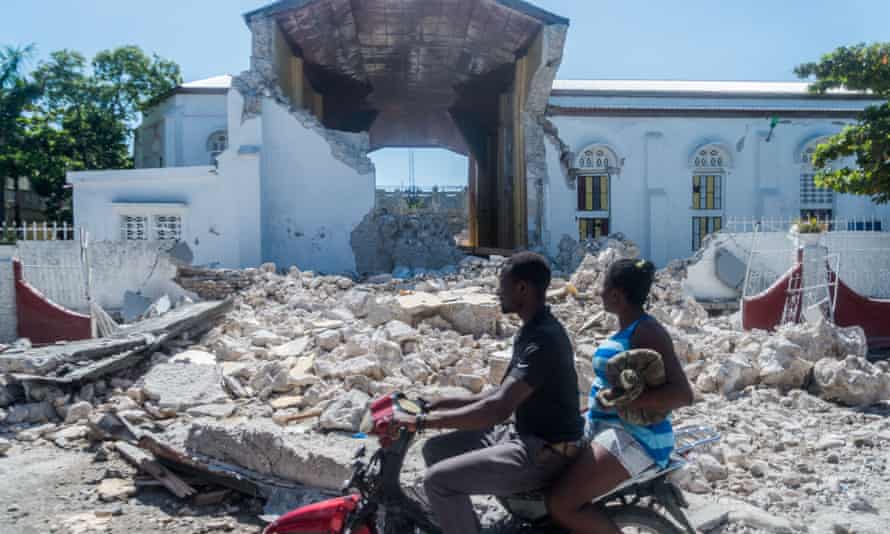
Tom Phillips and Jean Daniel Delone in Port-au-Prince and Karen McVeigh
Mon 16 Aug 2021
Medical teams and aid workers were racing to save lives and provide food and shelter on Monday as Haiti’s prime minister warned the official death toll from Saturday’s earthquake could rise further and a tropical depression bore down the crisis-stricken Caribbean country.
At least 1,297 people were killed by the 7.2-magnitude quake – a tremor even more powerful than the 7.0-magnitude earthquake that killed more than 200,000 Haitians in 2010 and leveled much of Port-au-Prince.
Fewer lives have been lost this time, because the epicentre was further from the densely populated capital. But rescue workers say conditions on the ground in Haiti’s southern peninsula, where the earthquake struck, are dire, and likely to get worse after tropical depression Grace makes landfall in the coming hours. By midday Monday, heavy rain was already lashing the capital, Port-au-Prince, and flash floods and mudslides were expected to complicate road travel.
Reuters said projections from the US National Hurricane Center (NHC) indicated that Grace, which is expected to hit Haiti between Monday night and Tuesday morning, could pass over areas directly affected by the earthquake and douse them with up to 15 inches (38 cm) of rain, bringing the risk of flash floods and landslides.
“We need to get prepared. It’s going to bring a lot of flooding … and it’s going to hamper rescue efforts,” warned Jean William Pape, a prominent Haitian doctor who is involved in the earthquake response.
One of the worst-hit towns is Les Cayes, a seaport about 120 miles southwest of the capital with about 100,000 residents.
Sterens Yppolyte, a medical intern at the Les Cayes’ Immaculate Conception hospital, said its doctors were struggling to cope with the influx of injured patients from the town and, increasingly, the rural area around it.
“The emergency room is full and the yard is full,” Yppolyte said on Monday. “We are fighting.”
The 26-year-old trainee doctor said the patients being brought in included children and elderly people, many of whom had suffered fractured legs or arms and head trauma injuries from falling debris. “You do what you can – but there are not enough orthopedic doctors.”
Compounding the crisis, two of the hospital’s medical students were killed when the house they were in collapsed after the quake. Yppolyte, who unsuccessfully tried to extricate his colleagues out from the rubble, said the situation outside the hospital gates was also desperate. “People are in need. There is no water in the town, no food. They are sleeping outside,” he said. “Haiti needs the world and its prayers. People are really scared.”
Civil defence authorities say at least 13,000 houses were destroyed by the quake and nearly 6,000 people wounded. On Monday, USAID said its urban search-and-rescue teams were being flown into Les Cayes by helicopter, with sniffers dogs trained to locate trapped victims in fallen buildings.
“Right now people are traumatized because they don’t know what will happen in the coming hours, days or weeks,” said Thomas Jean Verlin, a 31-year-old teacher from Les Cayes. “There is a lot of panic. I believe 90% of the population needs psychological assistance.”
Akim Kikonda, an aid worker from Catholic Relief Services, an NGO which operates in Les Cayes and in Jeremie, said they were distributing tarpaulins to people sleeping on the streets.
“After the earthquake, there were a dozen aftershocks, so houses that were not completely destroyed have been seriously damaged. People are not comfortable being inside, so they are sleeping outside.”Alessandra Giudiceandrea, head of mission for Médecins Sans Frontières, sad the charity had three small teams in the south, including in Les Cayes and Grand Anse, where they had a surgeon and anaesthetist. They were also dealing with patients in Port-Au-Prince, who had travelled north for treatment.
“The rain has already started in Port-au-Prince” she said. “The best we can say is that movement by air and road will be slower. Buildings have collapsed, and we are operating out of tents. We just have to hope the tents will withstand the wind”.
But security is another major challenge, after months of political turmoil which have left gangs in control of key routes, Giudiceandrea said.
“Here, we have it all, the security situation, the epidemic, natural catastrophe. Let’s cross our fingers that this is the last …. I’ve been here in the past, I know this country and what I will say that is that the Haitians’ capacity to respond – even when they themselves are the victims – is great.”
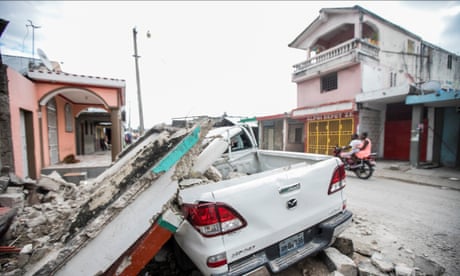
Haitians heartbroken as deadly quake heaps misery on crisis-hit nation
When Saturday’s earthquake struck Haiti was already reeling from profound social, economic, political and security crises, which reached a terrible crescendo on 7 July with the murder of its president. Nearly six weeks after that brazen assault on the presidential residence – allegedly carried out by a team of retired Colombian soldiers – few believe the true masterminds have been identified, let alone caught. There are growing doubts over whether a general election, scheduled for early November, will go ahead.
“Haiti is just in incredibly dire straits,” said Jonathan M Katz, an American journalist who covered Haiti’s 2010 earthquake and wrote a book about the mishandled international response.
Even before the assassination, Haiti had effectively been “a country without a government”, Katz said. Now, Haitians had little choice but to face the crisis by drawing on their “seemingly endless reservoirs of self-reliance and solidarity.” “It really is a mess.”
Issued on: 16/08/2021 - 20:34

Cincinnati (AFP)
Naomi Osaka vowed on Monday to give more than just this week's Cincinnati Masters prize money in aid of the earthquake in her father's native Haiti.
The natural disaster which has claimed nearly 1,300 victims, prompted an immediate response from the world number two.
But Osaka, who had to leave a pre-tournament press conference for a few moments to compose herself after being queried about the Caribbean tragedy, then returned to spell out her personal action plan.
"I'm not really doing that much," the four-time Grand Slam champion said. "I could do more and I'm trying to figure out where to put my energy.
"The prize money was the first thing I thought of that would raise the most awareness."
The Japanese-Haitian player called the disaster "really scary. I see there was damage near my parent's former school."
Osaka was holding her first traditional press conference since May in Rome.
Her distaste for media questioning exploded at Roland Garros in May when she suggested the question-answer format was too intrusive, especially after losses, and said she would refrain from them in Paris.
After her first-round win, she answered a few questions on court but a day later quit the tournament before the second round.
Osaka also skipped Wimbledon, saying she needed time to work on her mental health as a result of her post-match tennis stress level.
After lighting the Olympic flame in Tokyo, Osaka lost in the third round to Czech Marketa Vondrousova and left for the US.
"I feel sad about how I did," she said of the Games. "But I was glad for the experience, lighting the torch was fun.
"It will be a really big memory for me."
Osaka takes the second seeding at the joint ATP-WTA Cincinnati event behind Australian Ashleigh Barty.
© 2021 AFP








